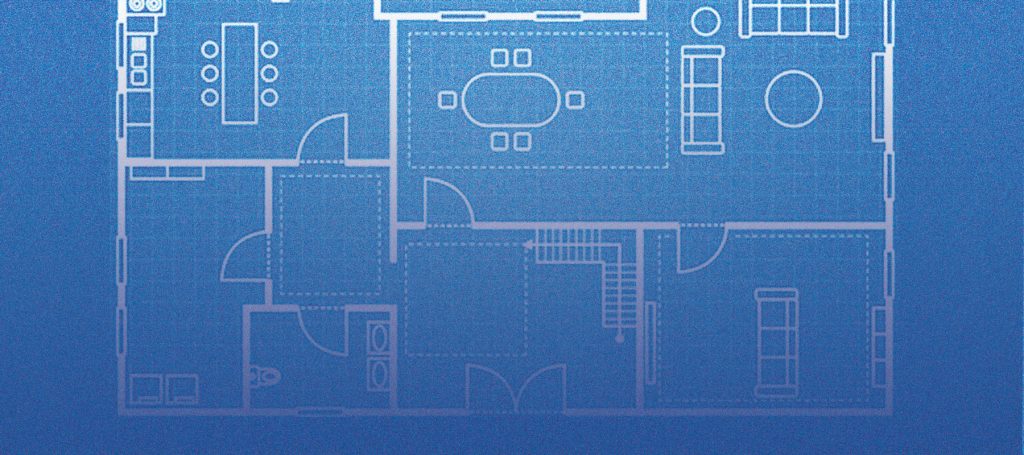 Environmentally friendly and cost-effective
Environmentally friendly and cost-effective
In response to the combination of pandemic-induced stay-at-home requirements and expanded remote working options, many of us are not only spending more time at home but are also considering a home office upgrade, a new music or entertainment room or enhancing an outdoor space. Mischa Fisher, chief economist for HomeAdvisor, says the growth in home improvement in 2020 was huge: “We nicknamed it the year of the home.”
“In past years, there was a significant focus on return on investment,” Fisher says. “People do a project because they’re planning on selling their house.” 2020 was different because 41 percent of people said they planned upgrades specifically to make their homes better suit their lifestyles.
No matter what project is on tap, it’s essential to start with basic improvements that ensure your energy needs are met safely and efficiently. HomeAdvisor, a digital marketplace that aims to connect clients with prescreened local service professionals, found home maintenance budgets doubled in 2020 compared to previous years. Simple updates to infrastructure can make every home kinder to the environment and safer with the added benefit of trimming fat from electric bills.
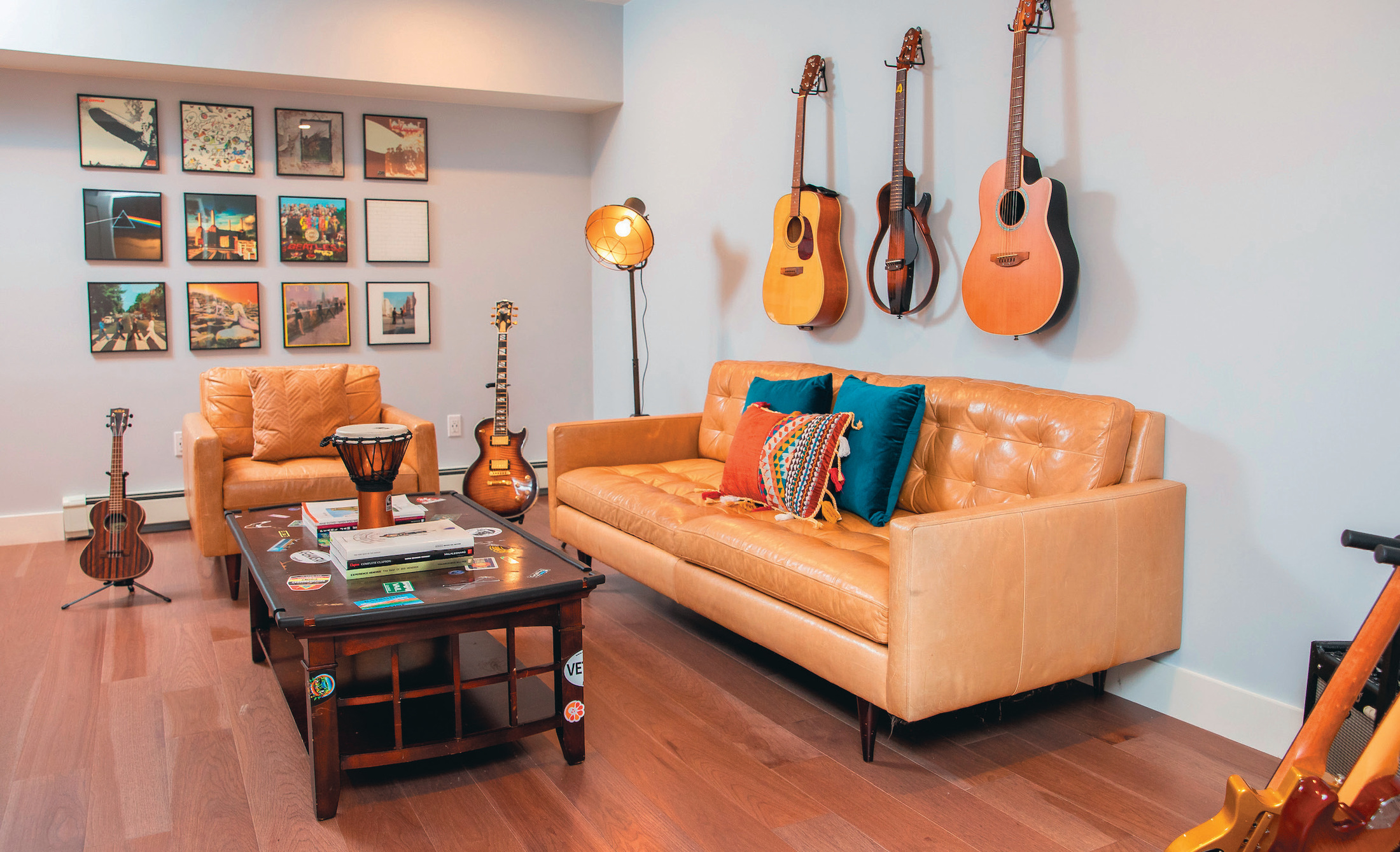
The Energy Star is your friend
Peter Pfeiffer, president of Barley|Pfeiffer Architecture in Austin, Texas, was an early advocate for the Energy Star program, which encourages energy-efficient appliance purchases. The program’s original Austin proponents included architects, utility planners, builders and engineers who shared the goal of promoting more-efficient appliances and incorporating better building standards to conserve energy.
“We went around to the appliance showrooms and gave a little blue star on the more energy-efficient ones so that the homeowner could see, ‘Ah, this is an energy-efficient one,’” Pfeiffer says. The effort gained national attention as a successful municipal conservation program.
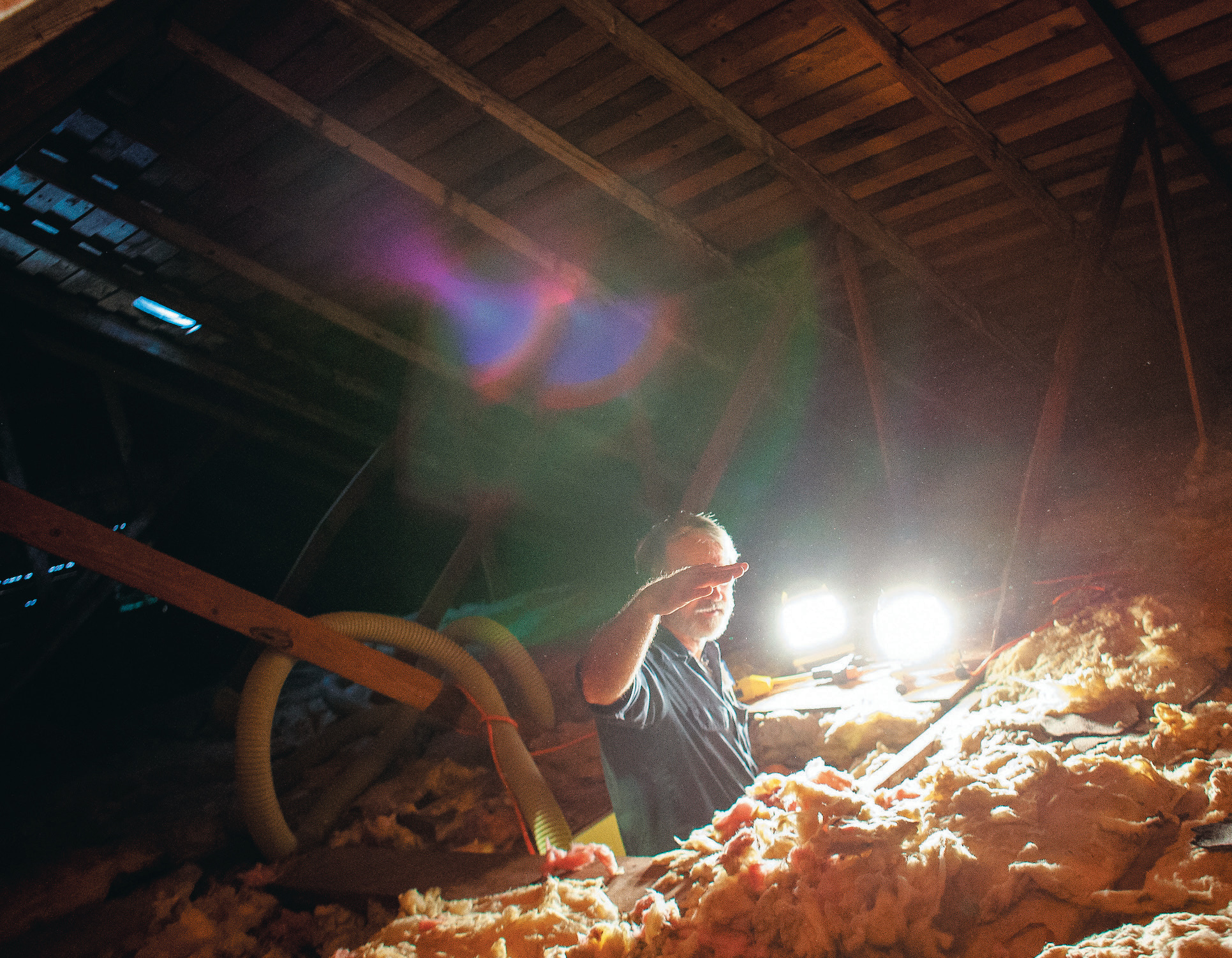
Green building with simple improvements
Simple improvements based on a home’s current condition can go a long way toward improving energy efficiency, often more so than investing in newer technology such as solar panels and tankless water heaters, Pfeiffer says. He recommends that homeowners plan their improvements based on increasing overall energy efficiency, beginning with modest repairs. The next step involves pricier improvements like replacing windows and upgrading to more efficient appliances. The most advanced improvements center on renewable energy generation and storage — solar panel installation and other devices.
Pfeiffer suggests homeowners start by eliminating energy-wasting gaps in the home’s structure and shading windows and walls.
An energy audit
To find your home’s trouble spots, engage a professional for a home energy audit. Your electric co-op might offer advice on audits, which include a review of your electric bills and a thorough examination of your home. Auditors will inspect the quality of insulation, test for electrical hazards, make a thermographic inspection with infrared scanning and conduct a blower test that measures the quality of air-sealing around ducts, doors and windows.
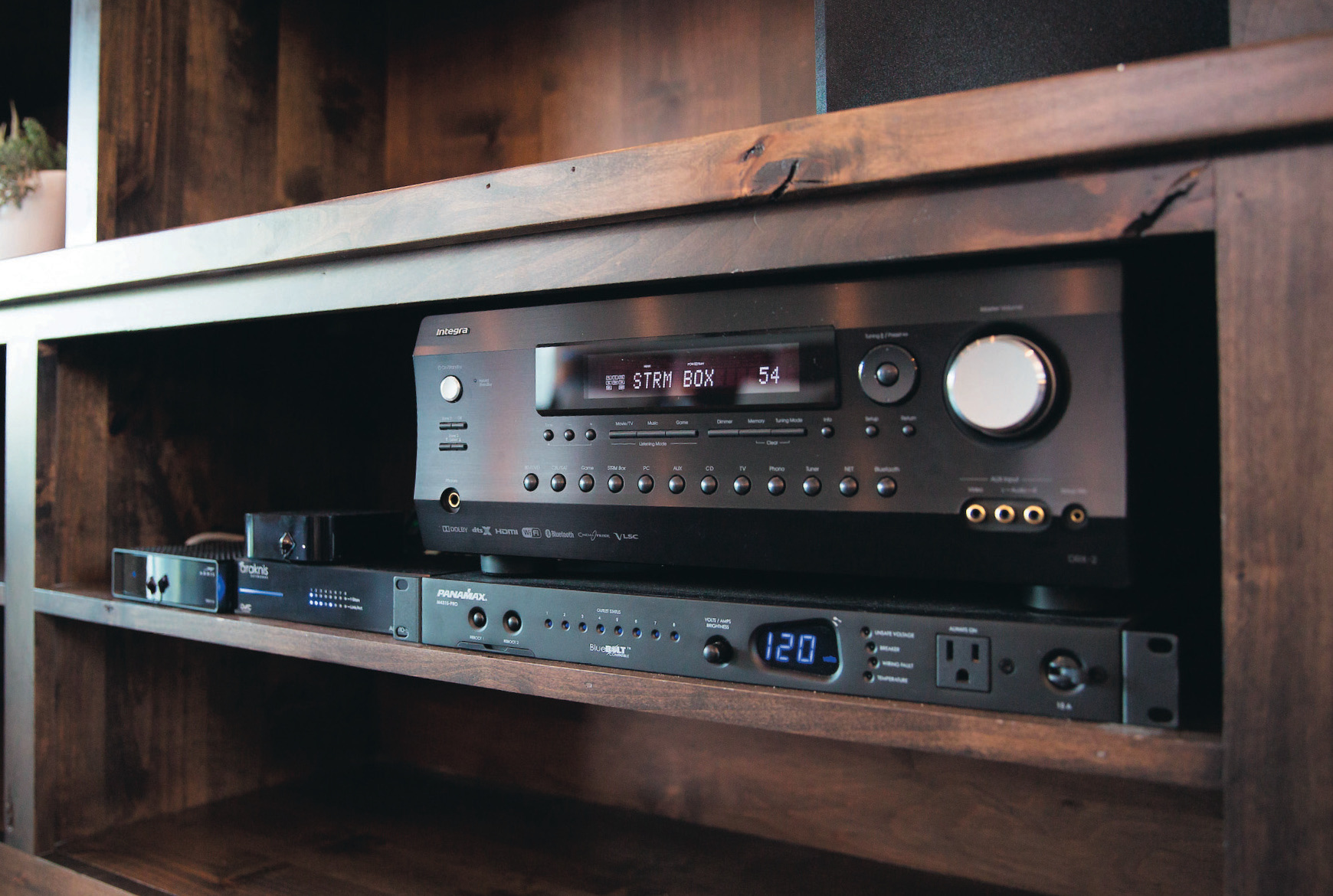
The auditor then prepares a report detailing the findings and recommendations. According to the U.S. Department of Energy, the average home has enough air leakage to add up to a 2-square-foot hole that remains open 24 hours a day. Fortunately, simple remedies can save up to 30 percent on utility bills. With your co-op’s guidance, an energy audit will help you prioritize fixes for tightening your home and using shade to your advantage.
Keep outside air outside
Managing the infiltration of outside air can affect homes year-round. Common recommendations are to update the weatherstripping and caulk around doors and windows, clean filters and vents, and seal leaks in your ducts. Pfeiffer points out that leaky ducts are more wasteful than an inefficient air conditioner. It’s more important to make sure you have an airtight heating, ventilating and air conditioning system before upgrading to a new air-handling system.
Prevent radiant heat
Radiant heat is absorbed from sunlight and can be transmitted through roofs and windows into the home. Pfeiffer advises using roof overhangs or awnings or planting trees and landscaping to shade west-facing windows, preventing the sun’s rays from hitting the windows directly. Thermal drapes and window coverings can also deflect heat from sunny rooms. Radiant barriers in an attic can prevent heat from the roof from transferring to the attic floor and warming the rest of the house in the summer, saving money on cooling bills.
Add insulation
Adding insulation to a home’s attic, basement, walls or crawl space will improve energy efficiency. Pfeiffer says that optimal roofing materials combined with shade will prevent radiant heat from leaking into the home in the first place. Sealing basements and crawl spaces and wrapping your water heater in a thermal blanket also improve energy efficiency.
Upgrade lighting
Efficient lighting and lighter colors are key considerations when adding a home office or hobby space.
Replace lightbulbs with energy-efficient CFLs or LEDs to decrease energy consumption. An Energy Star-qualified CFL uses about one-fourth the energy and lasts 10 times longer than traditional incandescent bulbs, and Energy Star-rated LEDs last 15 to 25 times longer. Light fixtures should hang close to the work or hobby space without getting in the way.
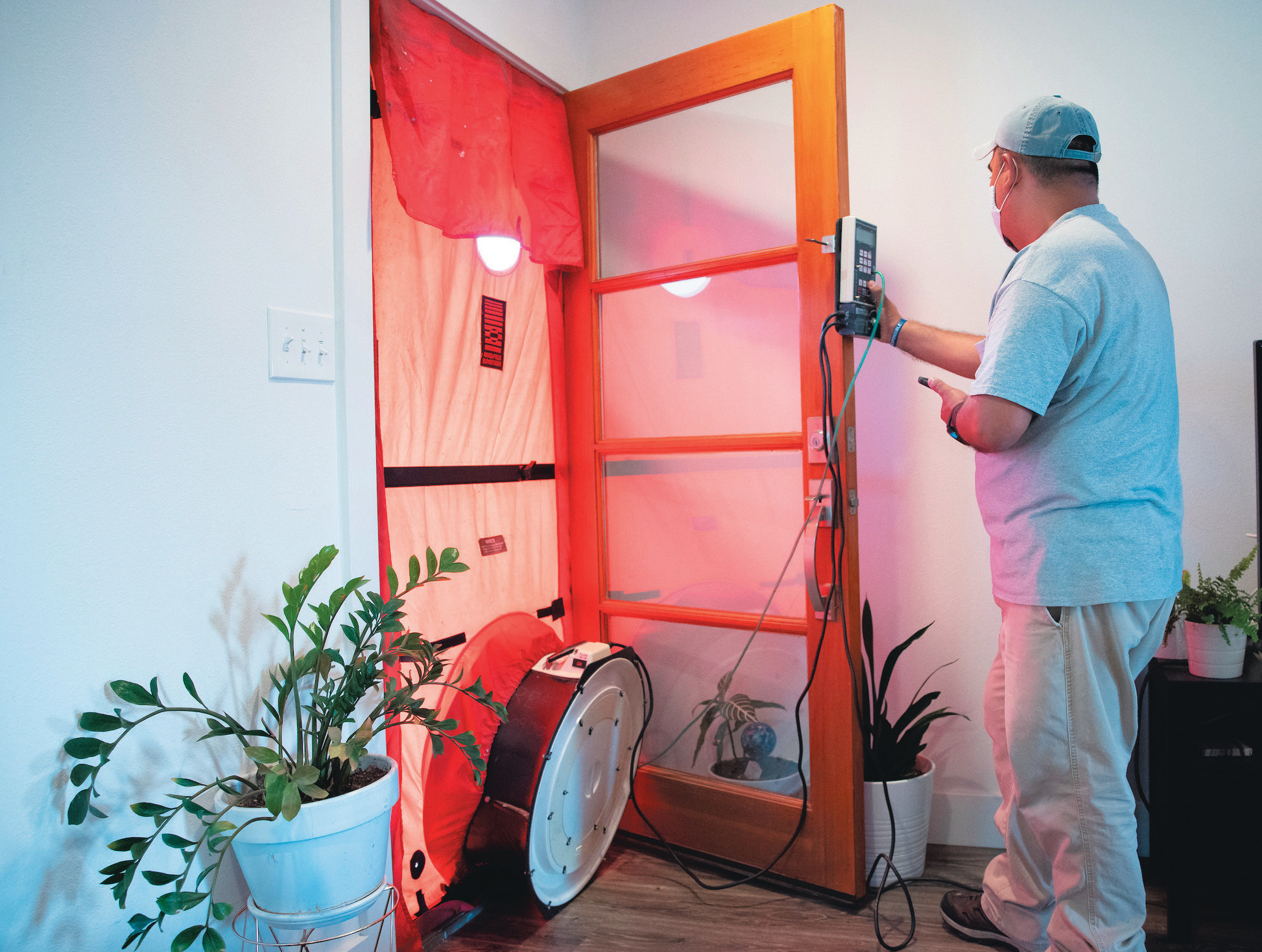
A good energy audit will use a blower door test to establish the baseline for your home’s airflow. After repairs are made, a second blower test will confirm improvement.
“The color of the horizontal reflecting surfaces in the room makes a big difference in how much energy you use,” Pfeiffer says. “You need about three times as much lighting if you’ve got dark countertops compared to light-colored countertops.”
Safety first
Rewiring your lights and adding new electrical systems to your home are complex and hazardous tasks that are best left in the hands of a licensed electrician.
Replacing old electrical outlets with ground-fault circuit interrupter outlets, while not a cost-saving improvement, is a necessary safety upgrade for outlets around water. GFCIs protect against shocks by breaking the flow of electrical current if they detect a fault. They are required in new construction, but the Electrical Safety Foundation International estimates 40 million homes do not have these lifesaving outlets in all “wet” rooms.
In addition, consider having an arc-fault circuit interrupter breaker professionally installed. AFCIs protect against fire-causing arcing that is commonly caused by damaged or worn wiring.
Once you’ve invested some time and a little money into making basic improvements, Pfeiffer advises implementing additional energy-saving measures. Replacing older appliances and windows with Energy Star-rated and e-coated products will save energy over the lifetime of your home. Solar panels can help you create your own power, but unless you address your energy demands, they won’t have as big an impact.
“Before you go to the sexy things like solar on the roof, things that you can talk about at a cocktail party, let’s reduce the demand of energy first,” Pfeiffer says.



